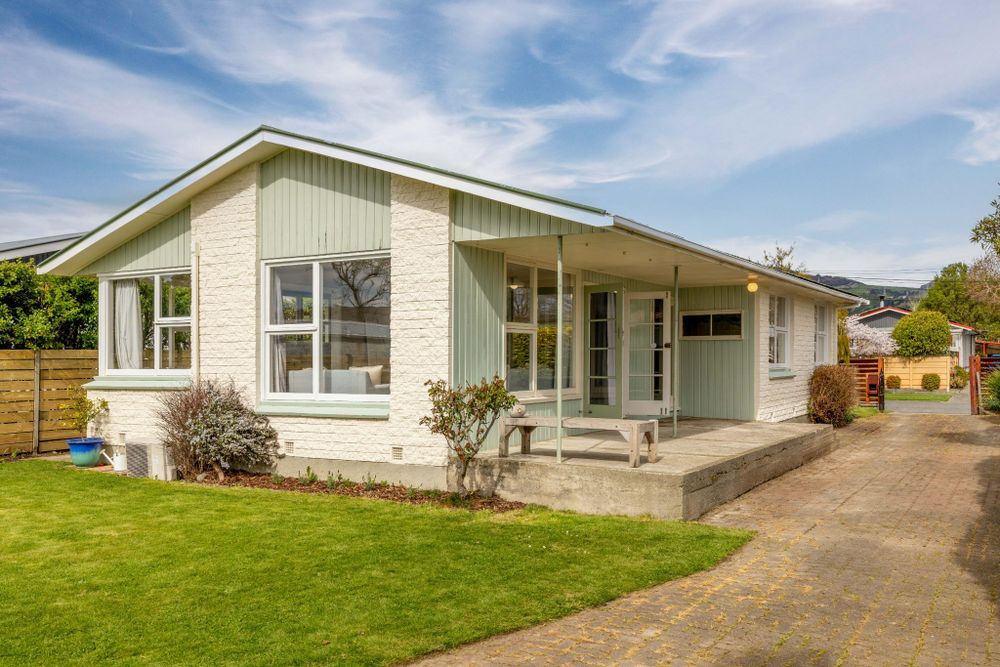1970s
History: The 1970s saw a housing boom in New Zealand, with 279,000 houses built during this decade. This period was characterized by expanding suburban development, influenced by architectural styles from the late 1950s and 1960s, regulatory changes, and the introduction of new materials and construction methods. Many houses were built by developers as speculative (‘spec’) houses or from plan books offering styles like ‘colonial,’ ‘ranch,’ ‘Mediterranean,’ and ‘contemporary.’
Typical Features:1970s houses typically featured open-plan living, two-car garages with internal access, lower roof pitches (12-15°), metal roofs, aluminium joinery, and timber cladding, particularly rusticated weatherboards. Concrete floor slabs became common, and prefabricated framing was increasingly used. Houses were often built to metric dimensions, though some materials were still available only in imperial sizes. Factory-built housing also became more common, particularly for developing new towns and city areas.

Locations: Houses from the 1970s were built during a period of suburban expansion, often in new subdivisions that extended the boundaries of cities and towns. While many were small and plain, larger homes with more advanced features were built in more affluent areas. The availability of flat sites decreased, leading to the development of split-level designs and ‘vertical’ building styles in hilly areas.
Modifications: Many 1970s houses have undergone little alteration since their construction, particularly those built for lower-income homeowners. Where property values have increased, houses have been extensively renovated to improve living spaces, orientation to the sun, and modern amenities such as upgraded bathrooms, kitchens, and additional bedrooms.
Current State: Houses from the 1970s often require significant upgrades to meet current standards, especially in energy efficiency. Many lack adequate insulation, particularly those built before the introduction of mandatory insulation requirements in 1978. Renovations typically focus on improving thermal performance, enhancing living spaces, and updating kitchens and bathrooms to contemporary standards.
These expanded summaries provide a comprehensive overview of each age segment in New Zealand housing history, highlighting their unique features, locations, modifications, and current state. If you need further adjustments or additional details, please let me know!
